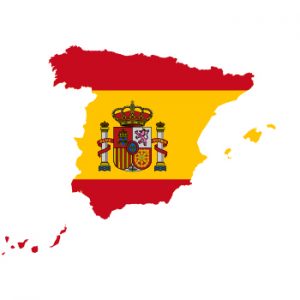There are many countries among the seven continents. These countries have their own cultures and languages that are distinctive to them. A country’s culture is shaped by the languages it speaks. It is not wrong to state that social relations depend solely on language. Spain is known for its diverse traditions, flamenco music, and dances, as well as bullfights and various types of Spanish language spoken around the globe.
Spanish Language
Spain is a cultural center that is well-known in Europe. Spanish is the official language of Spain, also known as Castilian. It is spoken by almost 500 million people around the world. It is most commonly used in Spain and Hispanic American countries. Spanish is the fourth most widely spoken language globally and is part of the Ibero Romance group.
These languages are derived from vulgar Latin dialects introduced to the Iberian Peninsula during the 5th Century. It is hard to deny the popularity of Spanish as a language. All the dialects and variations of this language were studied as it rose in popularity in the US.
Documents dating back to the 9th century were the first to show signs of modern Spanish. Spanish is the official language in Spain. However, Spanish is also spoken in many other countries.








